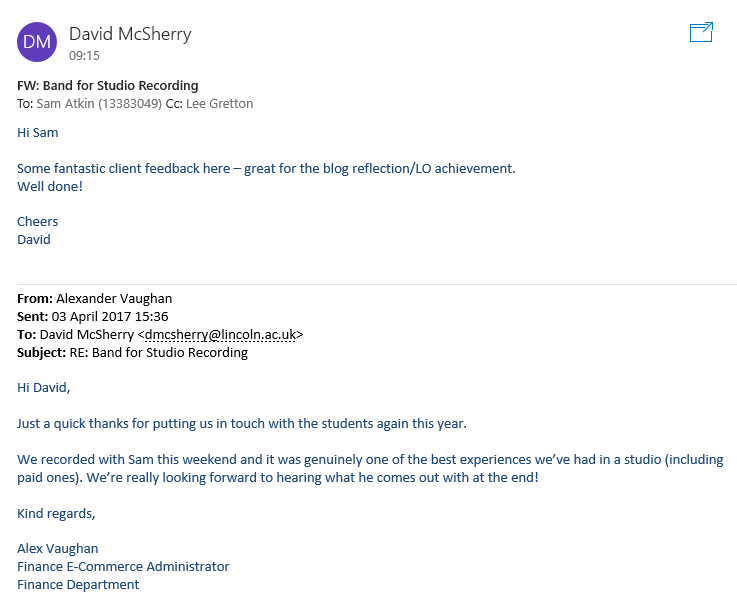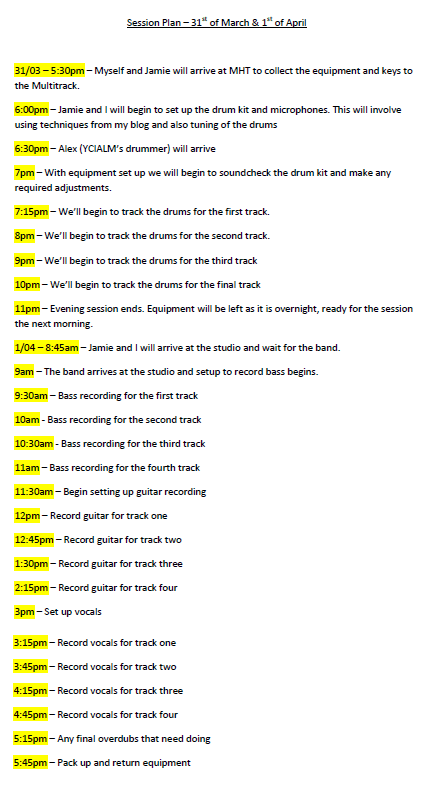On reflection my recording sessions with Your Cat Is a Landmine went incredibly well. I was worried about not having enough time to get everything done but we actually managed to finish and pack away early. A large part of this is due to the fact that Ben, the bassist/vocalist was able to come to the session on the 31st so all of the drums and bass were recorded on the evening before the session.
In this session I managed to fulfil all five of the recording techniques identified in my post “Recording Session Checklist.”
First of all, I mic’d the hi-hats and ride cymbal with SM57s. In a previous post I said I’d probably mic these with AKG C1000s, but in soundcheck I decided there was just a little too much high-end, and that an SM57 would get a slightly less harsh tone from these cymbals, while also being more suited to cope with the high volumes. I am going to use both of these microphones in the mixing stage because I’m happy with how they turned out. The mics can be seen in the images at the bottom of this entry.
As theorised in the mentioned post, I used a C414 on the rack tom and was very happy with how that turned out. I had to use the pad to make sure the noise from the kit at such close proximity didn’t affect the sound quality but this condenser mic picked up tone from the rack tom that would be more difficult to capture with a dynamic mic. I used a D112 on both the kick drum and floor tom. The floor tom in the recordings sounds extremely powerful as a result. Due to the nature of the band, being a three-piece, I wanted the drums to have a prominent sound and using both of these mics will make this more possible in the mixing stage. Again, these techniques can be seen in the photos. As I said I would, I used SM57s to record the top and the bottom of the snare drum. I had planned to use more C414s than can be seen in the images below but unfortunately one of the stereo pair of C414s used as overheads didn’t work. I therefore substituted them for the pair of C1000s that I didn’t use on hi-hats and ride cymbal. I was pleasantly surprised by this forced changed and really like the overhead sound captured by the C1000s. Much of the low end of the kit has been filtered out without any EQ due to this and allows more space for the kick, snare, and toms.
I also managed to use all of the vocal techniques identified. I used an SM58 for the vocals on two of the tracks which feature vocals. The third, I used a C414 due to the acoustic nature of the song which meant I wanted to capture every nuance of Ben, the vocalist’s, voice I could to add depth to a stripped back line-up. The SM58 picked up the intense nature of the vocal tracks for the other two tracks really well and I’m happy with the choice of mic. I managed to double track several of the chorus lead vocal parts of the tracks, taking influence from Butch Vig on Nevermind. We also recorded several different backing vocal takes for each song, so that I have enough content to mix the vocals into something really powerful. The vocal mics can be seen at the bottom of this entry.
I recorded bass with a combination of an SM57 on Ben’s bass cab and with D/I straight into Pro Tools. For guitar I used two SM57s. One pointing directly at the speaker cone and one off-axis in the corner of the speaker.
I did not know, perhaps due to a slight lack of communication from the band on their part, that of the tracks they wanted to record, one of them, Mineral, was an instrumental, and one, Kingfishers, was acoustic. This means that there are only three tracks for each of my first three learning outcomes. Hopefully this will not be an issue in the long run and I still have a lot of content to mix in the project.
In terms of client liaison, I think the band were really happy with how the session went. Mike, the guitarist was surprised to hear when he arrived for the second session on the Saturday that all of the drums and bass had been done. The band reassured me that the session was painless and easy-going and there were no real technical issues to slow us down. I had time to experiment with all of the techniques I wanted to and still had time to spare at the end. While I haven’t had the best communication from the band, my client management has been something I’m very happy with throughout the project.
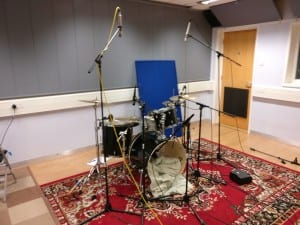
Full kit mic setup
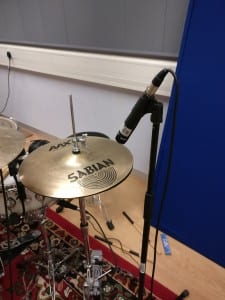
Hi-Hat with SM57
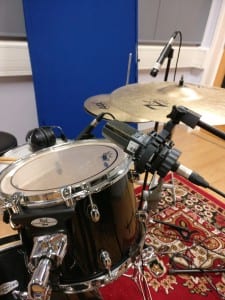
Rack tom with C414
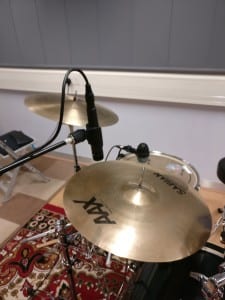
Ride with SM57
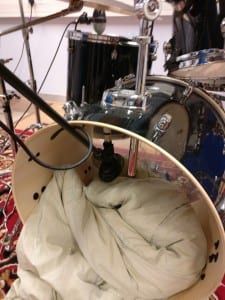
Kick drum with D112
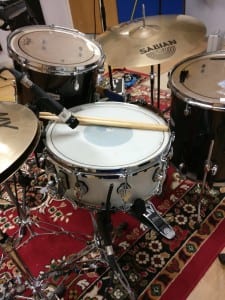
Snare with 2 SM57s
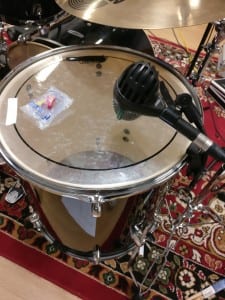
Floor tom with D112
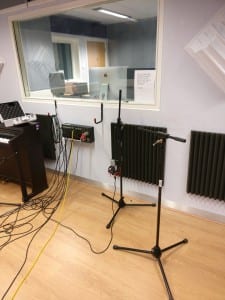
Room microphone
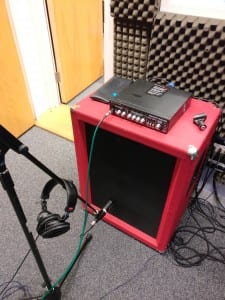
Bass amp with SM57 and D/I out
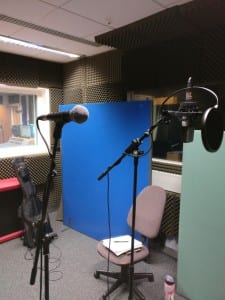
SM58 and C414 for recording vocals










